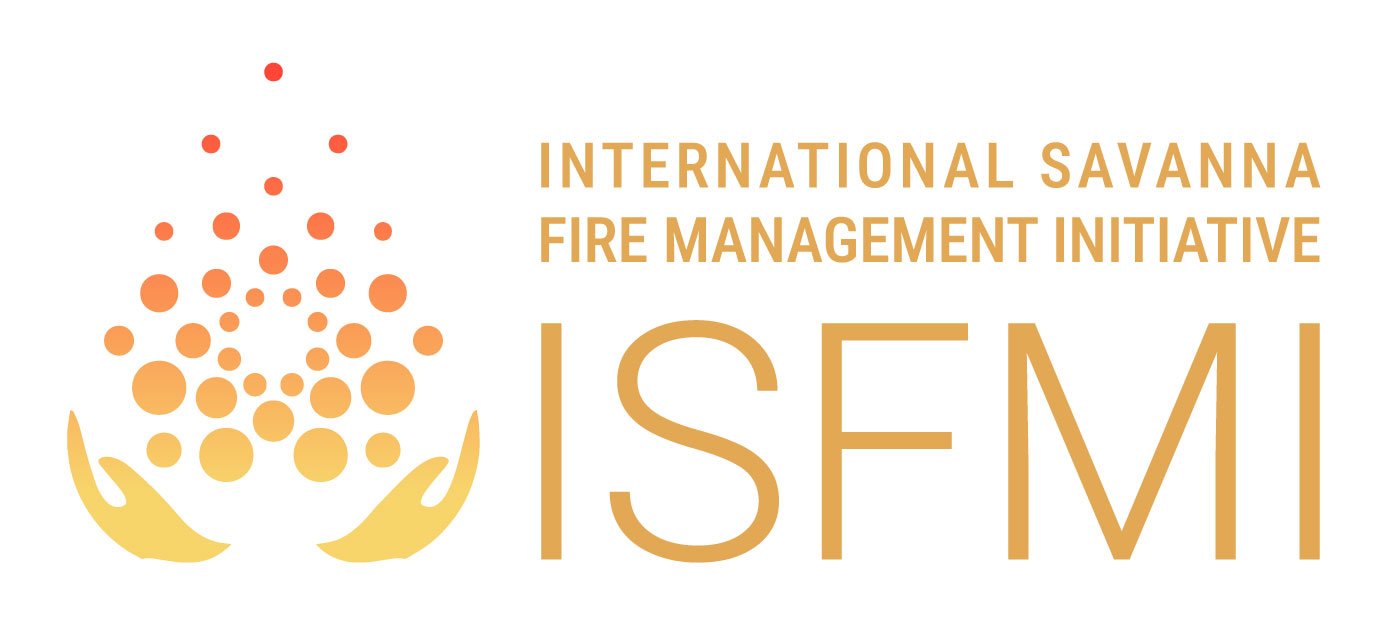Transforming fire management in northern Australia through successful implementation of savanna burning emissions reductions projects.
Authors from ISFMI partner organisation the Darwin Centre for Bushfires Research and others provide an updated assessment of the north Australian experience of fire management through savanna burning emissions reductions in the Journal of Environmental Management, published online 21 April 2021, and making links to what these lessons mean for similar efforts internationally. Access the full text until June 8 2021 via this link.
‘Savannas are the most fire-prone of Earth’s biomes and currently account for most global burned area and associated carbon emissions. In Australia, over recent decades substantial development of savanna burning emissions accounting methods has been undertaken to incentivise more conservative savanna fire management and reduce the extent and severity of late dry season wildfires. Since inception of Australia’s formal regulated savanna burning market in 2012, today 25% of the 1.2M km2 fire-prone northern savanna region is managed under such arrangements. Although savanna burning projects generate significant emissions reductions and associated financial benefits especially for Indigenous landowners, various biodiversity conservation considerations, including fine-scale management requirements for conservation of fire-vulnerable taxa, remain contentious. For the entire savanna burning region, here we compare outcomes achieved at ‘with-project’ vs ‘non- project’ sites over the period 2000–19, with respect to explicit ecologically defined fire regime metrics, and assembled fire history and spatial mapping coverages. We find that there has been little significant fire regime change at non-project sites, whereas, at with-project sites under all land uses, from 2013 there has been significant reduction in late season wildfire, increase in prescribed early season mitigation burning and patchiness metrics, and seasonally variable changes in extent of unburnt (>2, >5 years) habitat. Despite these achievements, it is acknowledged that savanna burning projects do not provide a fire management panacea for a variety of key regional conservation, production, and cultural management issues. Rather, savanna burning projects can provide an effective operational funded framework to assist with delivering various landscape-scale management objectives. With these caveats in mind, significant potential exists for implementing incentivised fire management approaches in other fire-prone international savanna settings.’


